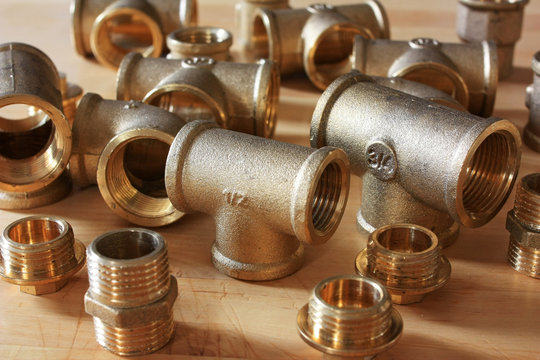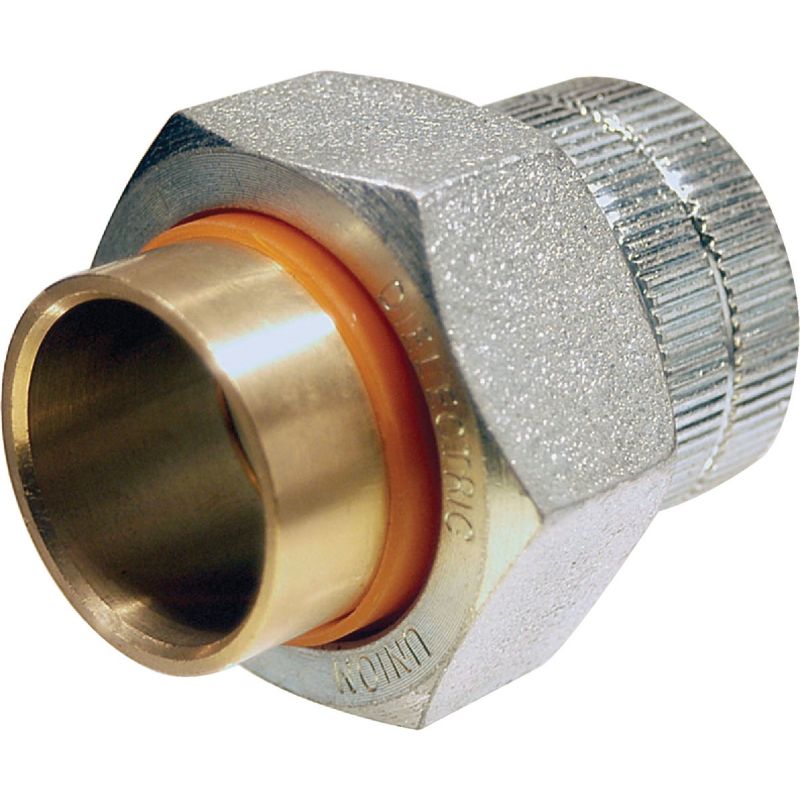Different Metals Used in Plumbing
There is a lot of plumbing throughout the house that is typically connected by separate pipes being tapped into one another. For example, installing a bar sink or adding an additional outlet hose bib or even water heater hookups fall under this category. Metal connections between two pieces of equipment are typically used in plumbing work. Using the appropriate kinds of joints and unions enables this. Knowing the right components and how to use them effectively can make a difference. Water acts as the electrolyte in an electrolytic reaction that starts when two different metals come into contact. The metals begin to corrode as a result. Galvanic corrosion is the term for this distinct process.
A special adaptor is used to separate the two metals by sandwiching an elastomeric rubber gasket between the different metals to prevent this from happening. A dielectric union is a name given to this unique fitting. For instance, a dielectric union is installed to hold two dissimilar metal pipelines together when joining copper pipe to galvanized iron pipe. A brass nipple or fitting, which is also certified as a copper alloy fitting and complies with building requirements, is an additional option to a dielectric union. So when connecting two distinct metal pipelines, should you use a brass fitting or a dielectric union? Let’s examine how their characteristics and abilities vary.

What Exactly Is Dielectric Union, then?
A unique adapter or fitting called a dielectric union is used in the piping systems of different metals to isolate the connection between unrelated metals. For instance, a dielectric union is set up between the two to hold the two dissimilar metal pipelines together when connecting a copper pipeline to a galvanized iron pipe. A plastic composite material isolates the copper tube connection to the hex nut on the dielectric union, and an elastomeric rubber gasket seals the connection to prevent any water leaks. When different metals come into touch with one another, corrosion starts to occur. The electrolytic reaction between the two metals is triggered by a small amount of acid in the water, which causes electrons from one metal to flow to the other. In the end, galvanic corrosion is the result. The two dissimilar metals are joined by a dielectric union to prevent this from happening.

When to Use Brass Fittings!!
Nipples and brass fittings are also widely utilized in plumbing as a fantastic substitute for dielectric unions. Brass fittings are frequently used to avoid corrosion when galvanized water is exposed to certain water quality, which causes rust to form. Both dielectric unions and brass are permitted for use in plumbing systems, although brass is preferred in areas with poor water quality and areas where galvanized materials are more likely to corrode. Brass is a malleable copper and zinc alloy that has been in use for many years. The threaded adapters created from other metals and composite materials can be used with brass fittings because they are made in accordance with IPS and NPT specifications.
Remember that Team MBP specializes in all kinds of Fittings and that we are only a click away. One of the few companies that will provide you with a free estimate is Team MBP. To arrange a visit, contact us at +91 – 7984220083 or submit an online inquiry.
